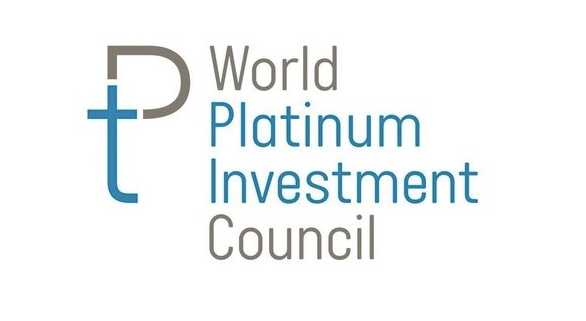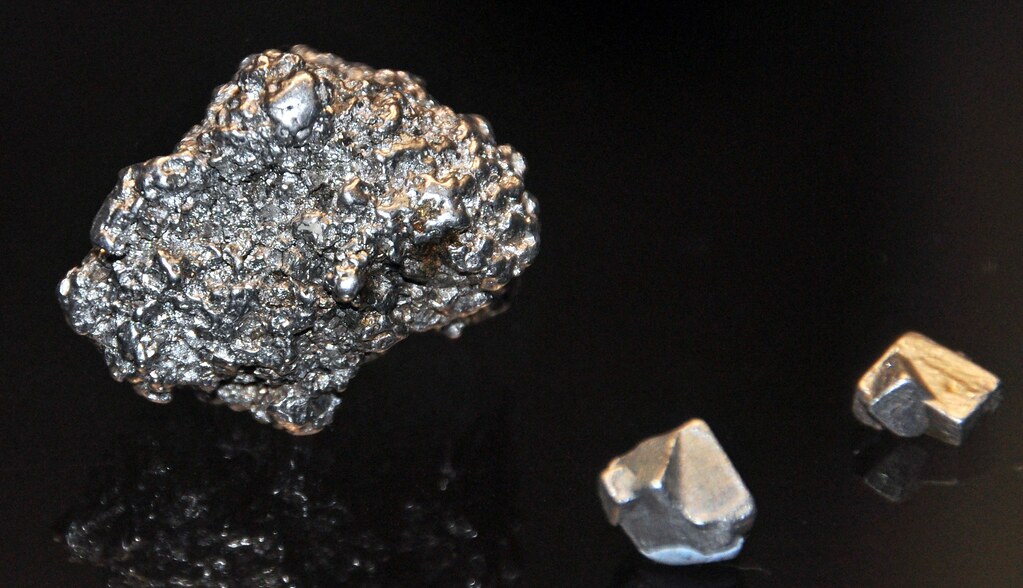Record Platinum Deficit of 1 Million Ounces Expected for 2023
Post by: Walt Durham
in Platinum

Record Platinum Deficit of 1 Million Ounces Expected for 2023
According to the World Platinum Investment Council, the latest estimates reveal an unprecedented platinum deficit of nearly one million ounces projected for 2023. The growing demand and a tight supply situation have led to this significant imbalance. Edward Sterck, Director of Research at the World Platinum Investment Council, stated that the deficit is expected to reach 983,000 ounces, a 77% increase compared to the previous year. Demand is predicted to rise by 28%, while supply is anticipated to decline by 1% compared to 2022.


Sterck emphasized that this deficit is unparalleled in the available data dating back to 2013. Moreover, it is the most significant deficit recorded since the early 1970s, as far as historical records indicate.
The projected total supply for 2023 is estimated to decrease to 7.2 million ounces, while demand is expected to reach 8.2 million ounces. The primary reason for this deficit is the significant shortfall between production and demand, primarily driven by the automotive sector and industrial demand.

Sterck explained that automotive demand is fueled by the ongoing substitution of platinum for palladium in gasoline vehicles and stricter emission standards in China. These factors have led to an increased market share of platinum-containing exhaust systems in heavy-duty and non-road vehicles.
Furthermore, industrial demand is driven by capacity expansions, and investment demand is on the rise. Exchange-Traded Funds (ETFs) have started seeing inflows after experiencing significant outflows in recent years. Sterck noted that investors are responding to the deficit by perceiving a potentially promising outlook for platinum and adjusting their investment strategies accordingly.
The supply side remains constrained, with mine supply expected to remain flat year-on-year and decrease by 6% compared to long-term average production rates. Recycling supply is also projected to remain stagnant in 2023, marking a substantial decline from previous years, specifically a 12% decrease since 2021.
Factors such as power supply challenges in South Africa and the potential impact of sanctions against Russia further weigh on the supply outlook. Sterck warned that if these supply risks materialize, the one million-ounce deficit could grow even larger.
These trends are expected to persist in the near future, resulting in a sustained deficit. Sterck explained that the shortage in production versus demand caused by the semiconductor crisis and the subsequent drop in inventory levels within the automotive industry will lead to inventory rebuilding, driving the demand for platinum group metals (PGMs).
Regarding demand breakdown, Sterck highlighted that strong automotive demand, particularly from China due to tightened emissions regulations, is a significant driver. Additionally, industrial demand has shown broad-based growth, with a strong emphasis on China.
The scale of the projected deficit has steadily increased throughout the year. Sterck mentioned that initial estimates for 2023 indicated a deficit of just over 200,000 ounces. By March, the figure had risen to approximately 550,000 ounces, and now it stands at nearly one million ounces.
Platinum finds various applications in industries such as chemicals, petroleum, electronics, glass, medical and biomedical sectors, spark plugs for gasoline engines, and electrolyzers for green hydrogen production.
Considering the deficit's implications for prices, Sterck explained that commodity markets typically self-correct in the face of surpluses or deficits. However, platinum's situation is complex due to multiple commodities contributing to its production, coupled with limited electricity availability in South Africa, a major producer. While above-ground platinum stocks exist to offset the deficits, the determining factor is the price point at which these stocks will enter the market. Different stakeholders holding these stocks have varying price expectations, with some willing to sell at lower prices and others waiting for higher prices before entering the market.
BULLION
GOLD
GOLD COIN
HISTORIC GOLD
GOLD EAGLE
HISTORIC
CABRAL
NGC
ANNA CABRAL
SIGNATURE
SIGNATURE SERIES
ANNA CABRAL SIGNATURE
SILVER
SILVER COIN
COINS
HISTORY
COLLECTOR
CENT
LIBERTY GOLD
LIBERTY HEAD
LIBERTY
PRE-1933
PRE-1933 GOLD
EAGLE
SILVER EAGLE
PROOF
PROOF COIN
PALLADIUM
PALLADIUM EAGLE
PALLADIUM COIN
PLATINUM
REVERSE PROOF
INDIAN HEAD
INDIAN GOLD
INDIAN
LAST YEAR OF ISSUE
FIRST YEAR OF ISSUE